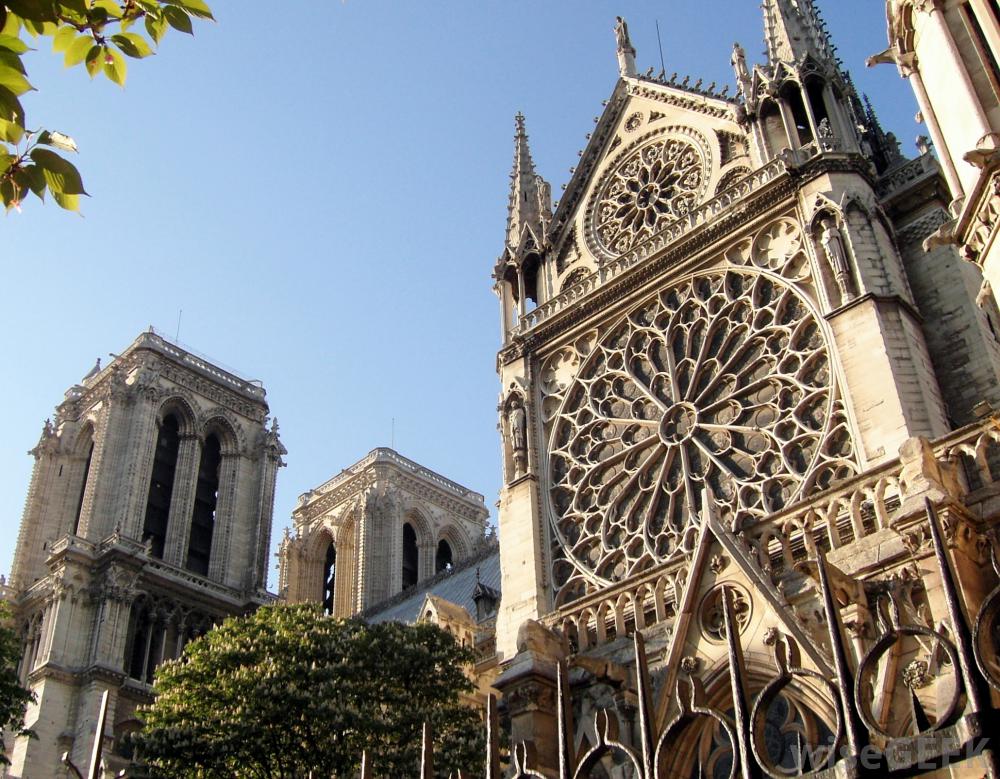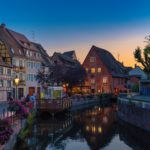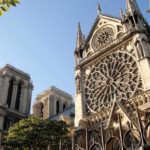The Gothic style began in the twelfth century and had as a base the Romanesque style. During this period France had become a center of commerce, and many cathedrals with Gothic style were constructed with the donations of mercantile interests.
By the thirteenth century, The Gothic style had become the Universal style in all of Europe and was the first French style to be used in all Europe.
The most important example of Gothic style is the church of Saint-Denis, near Paris, built between 1137 and 1144. But there are also other churches built in this style in Noyon, Senlis, Sens, Reims, Rouen and Laon, Amiens Cathedral and Sainte-Chapelle. Chartres Cathedral was rebuilt in this period due to a fire.
The Renaissance period began at the end of the fifteenth century and was much influenced by the Italian Renaissance. This style came to France with the Italians who arrived in the Loire Valley. One of the first examples of this period is Chateau d’Amboise, and it’s famous because Leonardo Da Vinci spent his last days there. The gothic style mixed with the Italian Renaissance in France, made impressive results. The Chateau de Chambord is one of the most recognizable châteaux in the world because of its very distinct French Renaissance architecture that blends traditional medieval forms with classical Italian structures.
The massive castle features 6 immense towers, 440 rooms, 365 fireplaces, and 84 staircases, and it’s said that the original design of the Chateau de Chambord was by Domenico da Cortona, and that Leonardo da Vinci was also involved in the design.
The Renaissance style progressed under architects such as Sebastiano Serlio and artists such as Rosso Fiorentino, Francesco Primaticcio, and Niccolo dell’ Abbate, who formed the First School of Fontainebleau.
Architects such as Philibert Delorme, Giacomo Vignola, Androuet du Cerceau and Pierre Lescot, were inspired by the new ideas. The southwest interior facade of the Cour Carree of the Louvre in Paris was designed by Lescot and was covered with exterior carvings by Jean Goujon.



